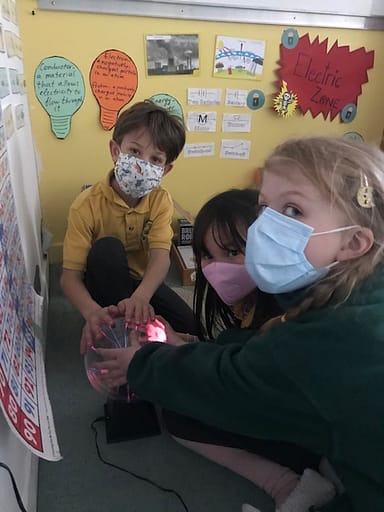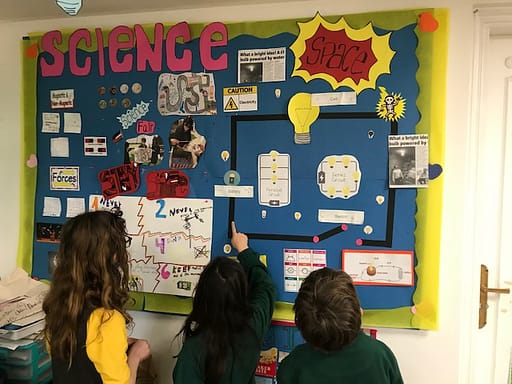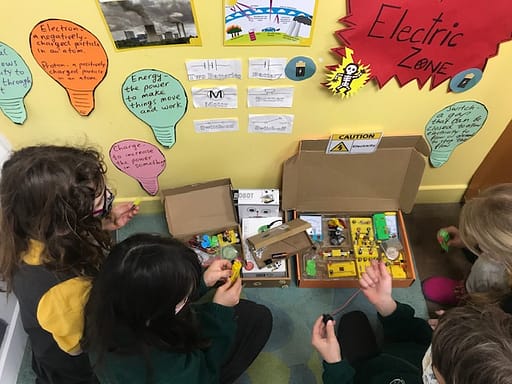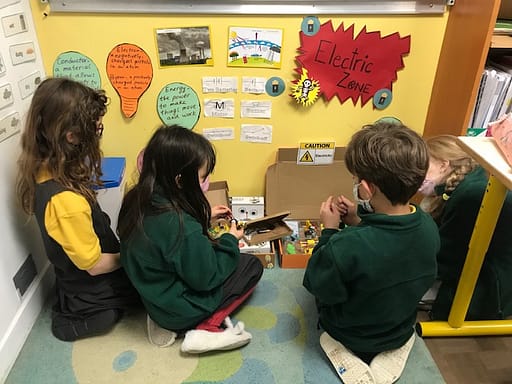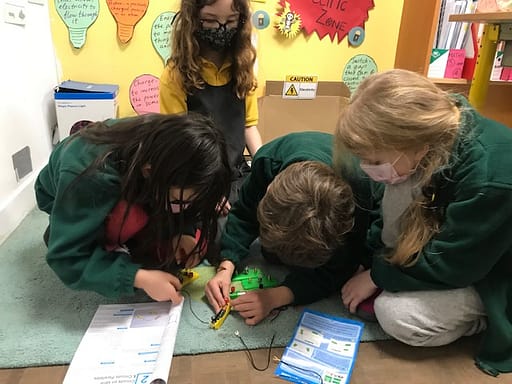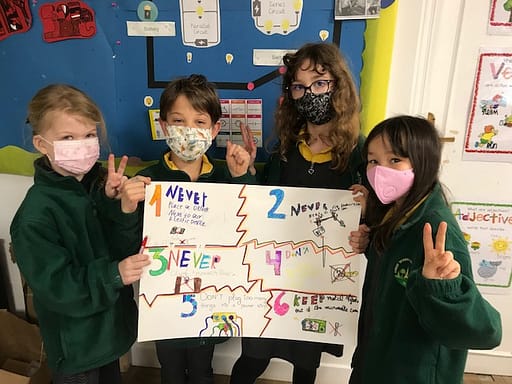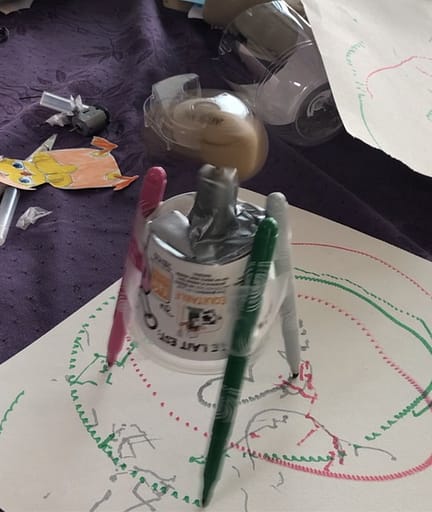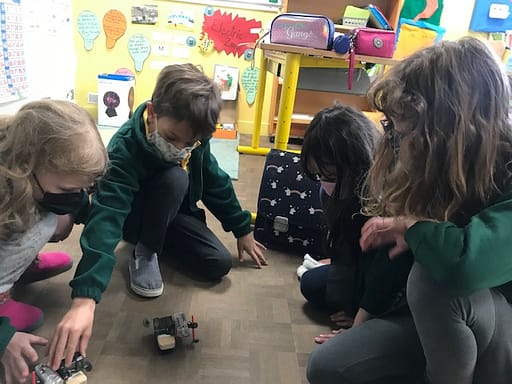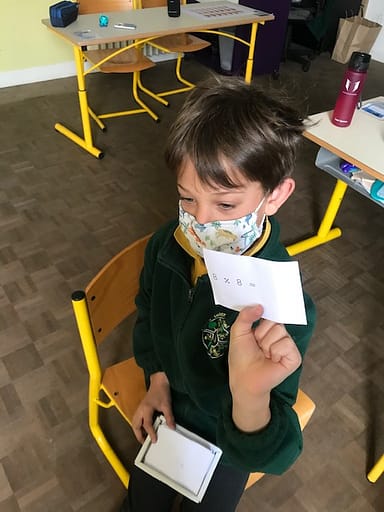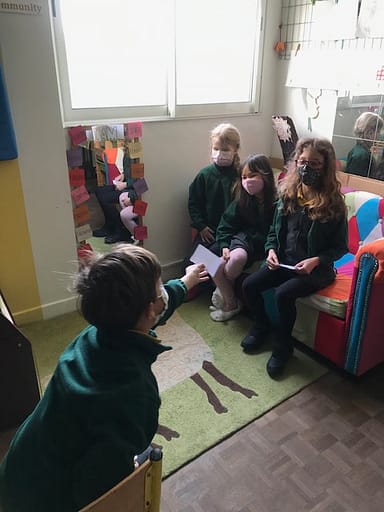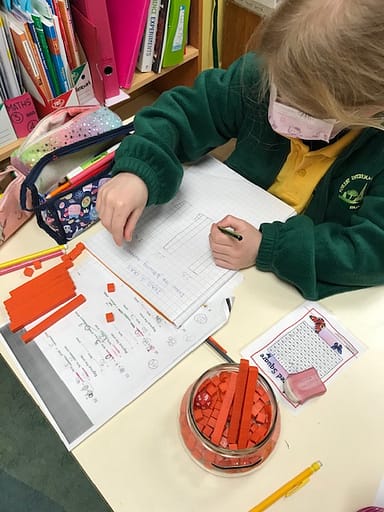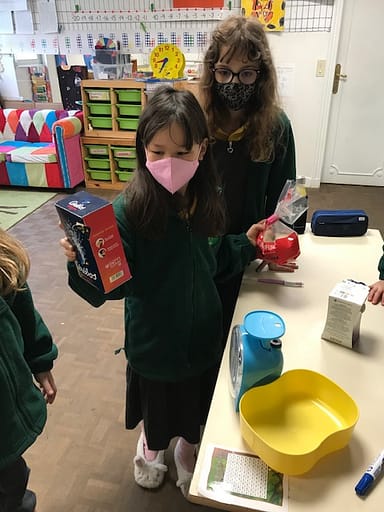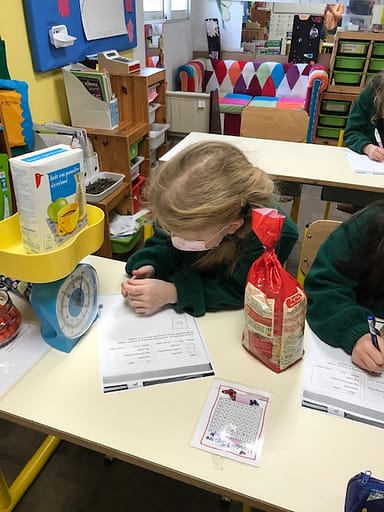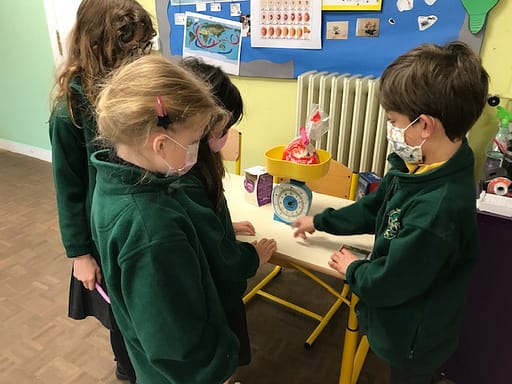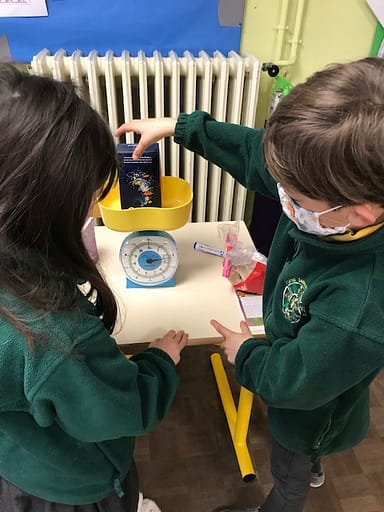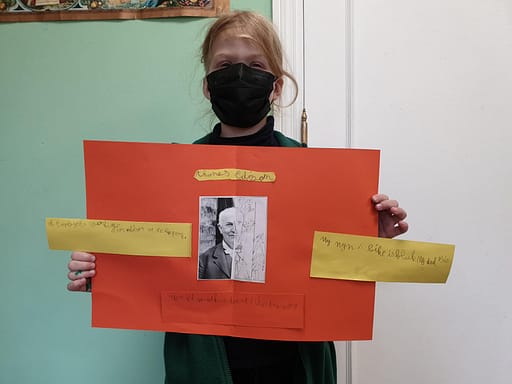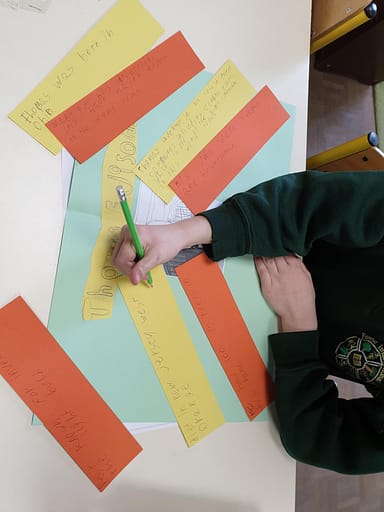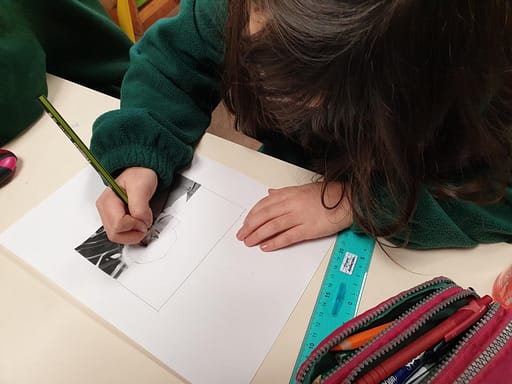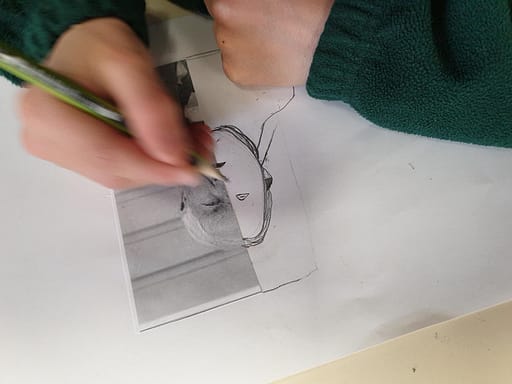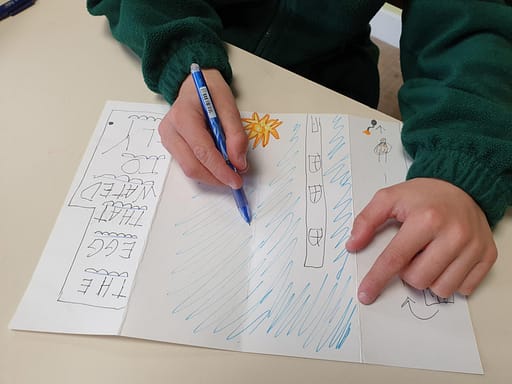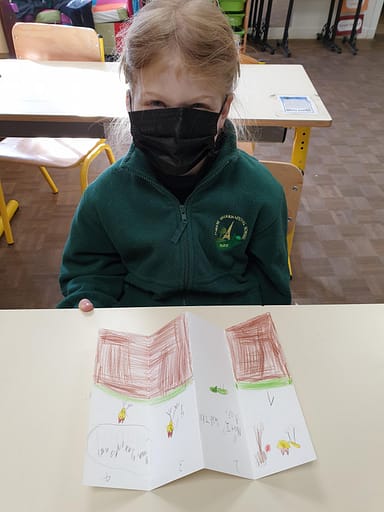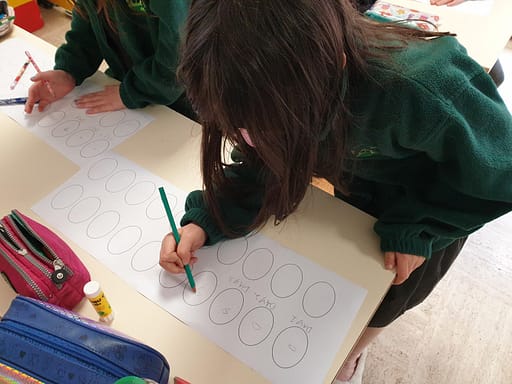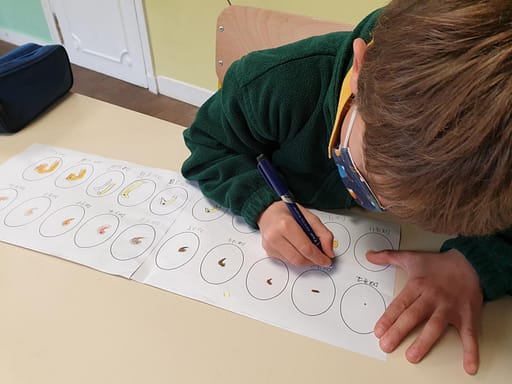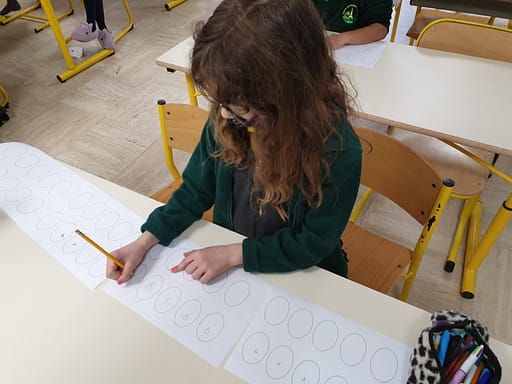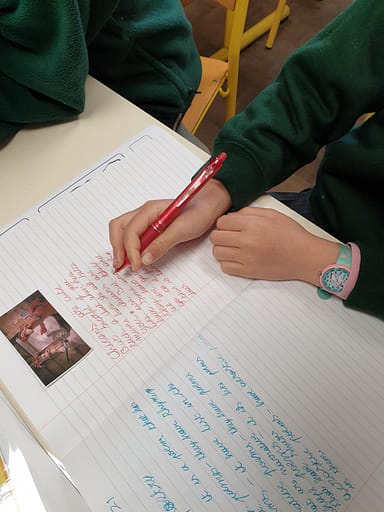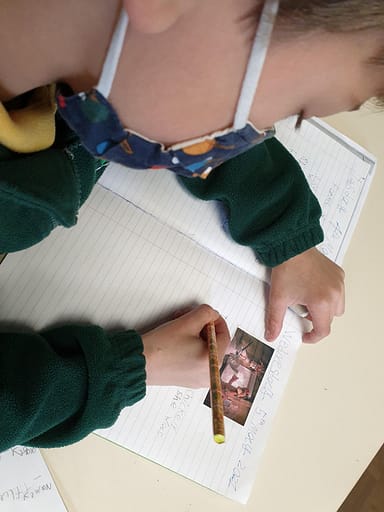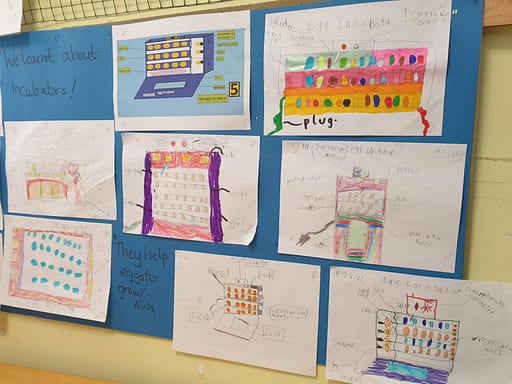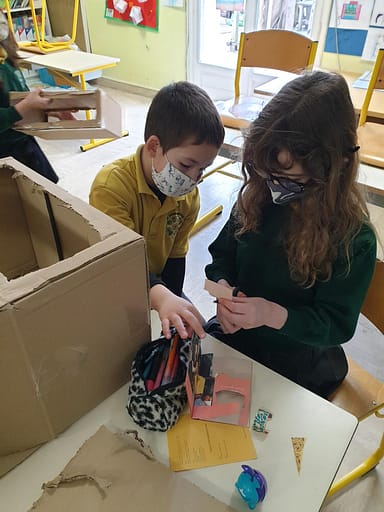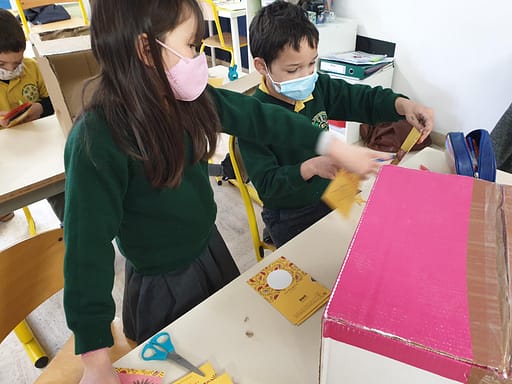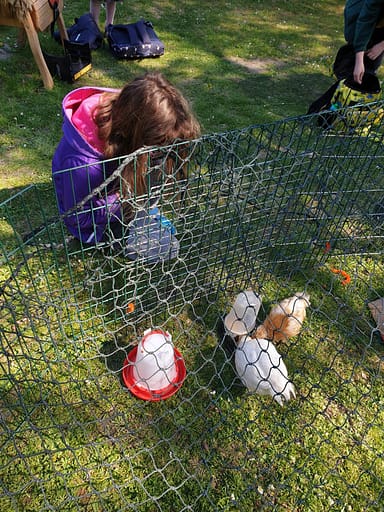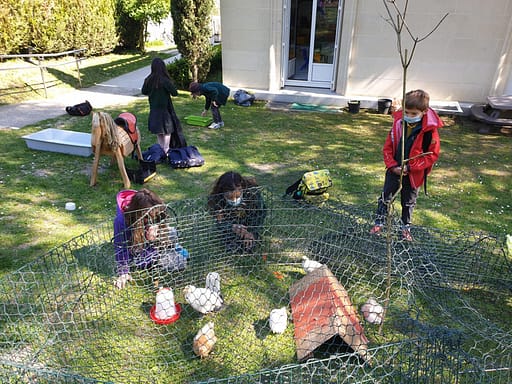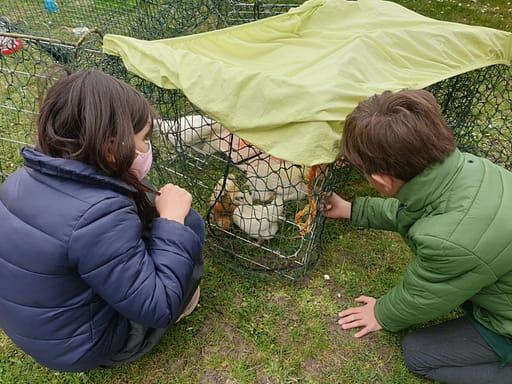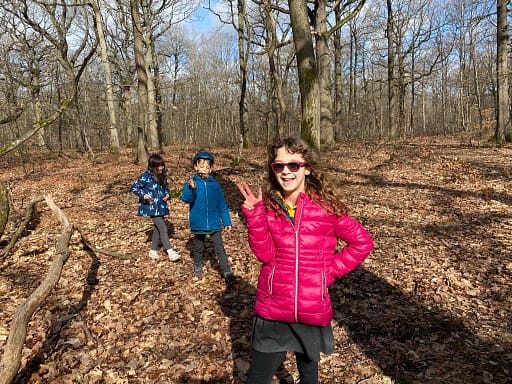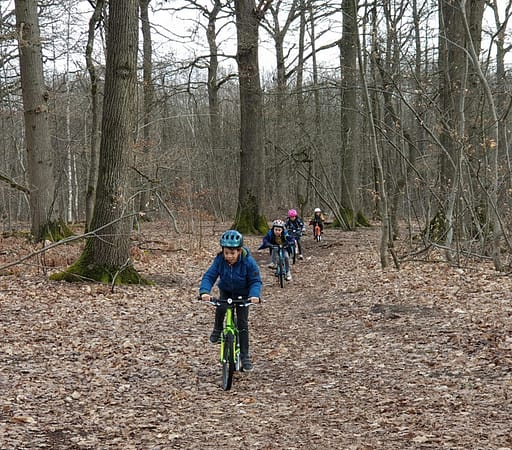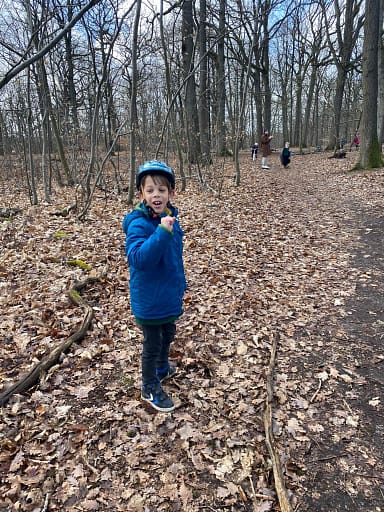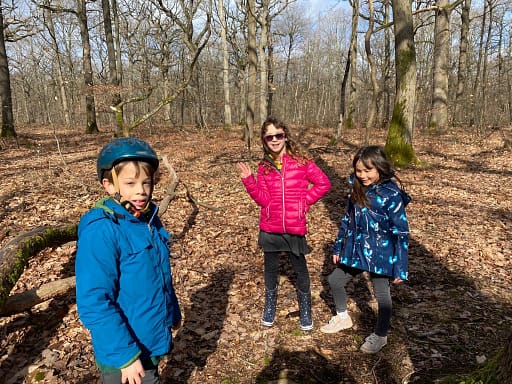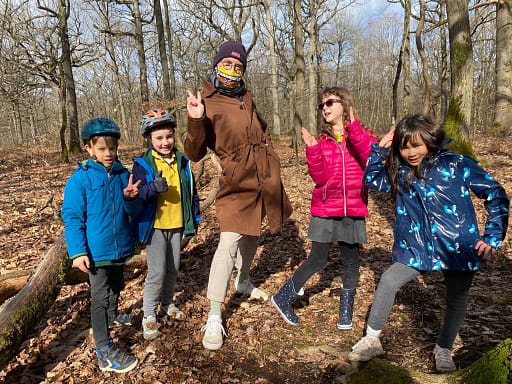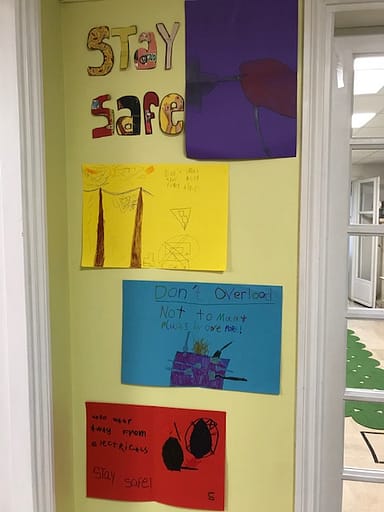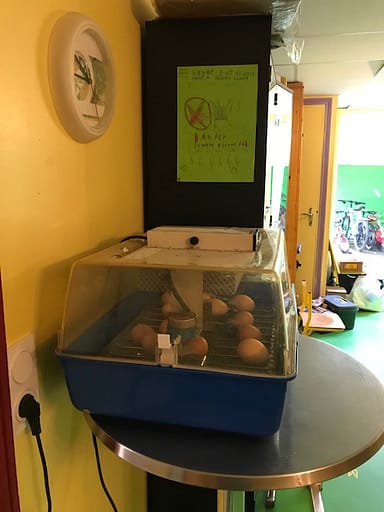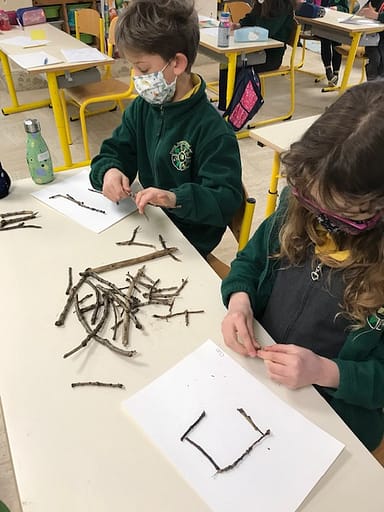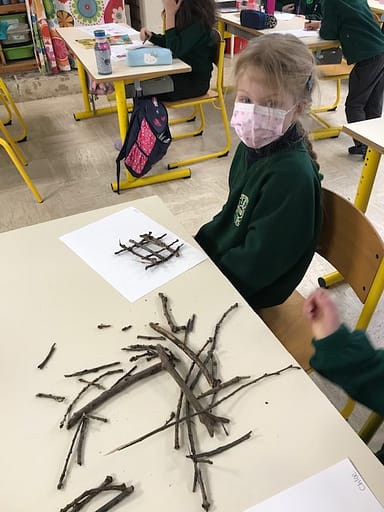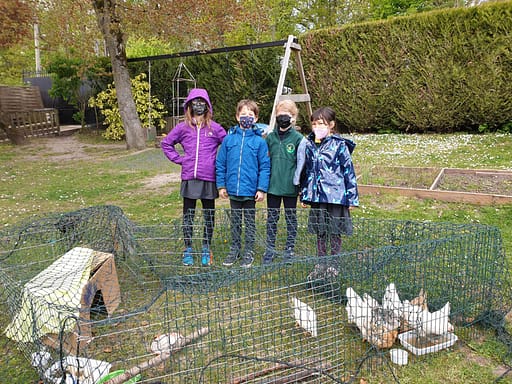
SCIENCE
This term we focused on “Electricity”. Pupils explored the different components of a simple circuit and constructed simple series circuits as well as drew the circuit as a pictorial presentation.
Bellow, it can be seen the electric display of our classroom. Through this display, we demonstrated one of the principal focus on science teaching:
“To enable pupils to broaden their scientific view of the world around them”.
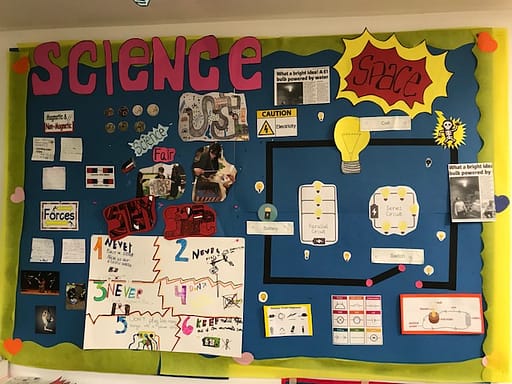
They used it to explore, discuss, discover new knowledge, display their observations and thanks to that, they could develop their own ideas and conclusion about the topic.
To support that idea, I also created an “Electrical corner” . In this zone, as it can bee seen in the picture attached, pupils had the opportunity to try different electronic components, for example, bulbs, buzzers and motors, and including switches, and used them to create simple circuits; to make relation between contents and to apply the theory into practice.
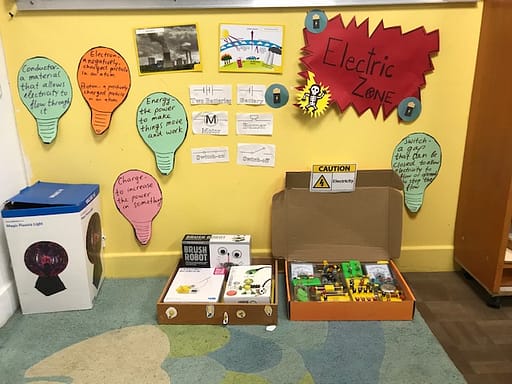
This zone allowed pupils to work scientifically: testing their ideas; for example, “bulbs only can work, If the circuit is closed”, verifying their hypothesis, such us “which materials can be used to connect across a gap in a circuit”.
<<Stay Safe: Safety commandments>>
One of the most important parts of the curriculum, is “how can be safe using electronic devices?”. Pupils were taught about precautions for working safely with electricity. They represented their conclusions in a beautiful poster called “Safety commandments”, which is part of our science display to remind us every moment of the importance of respect the rules when it comes to manipulating electricity.
<<Learning by playing! With our quiz called : 5 BULBS >>
Walnut class attended a contest about electricity, where they had to cope with several questions. Their answers were written on their whiteboards, in this way it was easier for them to compare their answers.
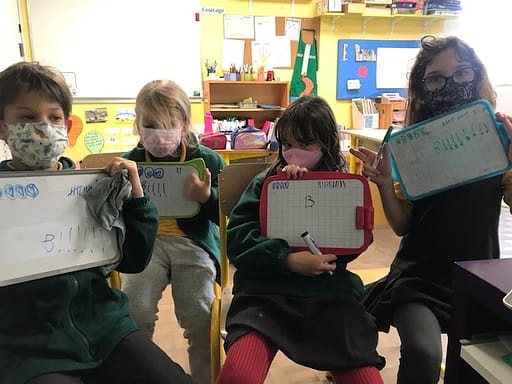
Drawing an electric diagram.
Once they have created a simple circuit, they knew which kind of components can be found in it and therefore it was easier to draw an electrical diagram.

Walnut class start discovering the specific symbols to draw a circuit diagram; then, they had to cope with several challenges and finally, they ended up identifying and recognising the different electric components of an egg incubator.
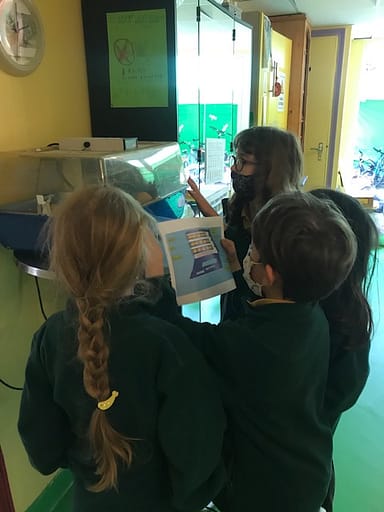
<< Visiting an extraordinary museum>>
Our next goal was to create electric devices by using recycled materials. For this reason, Walnut class visited a mock museum, placed in our own school. This museum harboured a wide range of electronic devices, such as a vacuum, burglar alarm, lighthouse and even, cleaning and painting robots!
Walnut class applied their knowledge about electricity to identify the different components of a circuit and also, to figure out how that device worked.

Pupils behaved as If they were in a museum: observing, discussing and recording ideas and conclusions.
<<Being inventors: ART ROBOT>>
Walnut class had the challenge to create an ART ROBOT.
First, they started to design a sketch of the electrical components needed and also, how they were going to connect them.
Secondly, they recognised and collected the electrical materials identifying their function.
Last step, LET’S DO IT!!!
They could experience and apply all their knowledge learnt about electricity by making that robot.
They chose a CHICKEN ART ROBOT in order to related to the EGG-EXCITING PROJECT!
Here, we have another robot: Brush robot (Walnut class got inspired from this robot).
MATHEMATICS
We start the first week reviewing the contents of previous terms, such as complex additions, subtractions, multiplication, division, money calculations, …
Refreshing their background knowledge, pupils were ready to acquire new subject matter and make connections between previous and current learning.
One of the contents of this term has been : “Measurements: Weight” .
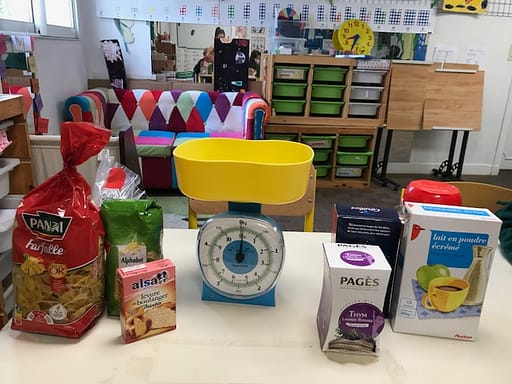
Walnut class started to measure different foods using the scale. They observed, compared weight and recorded all their information.
In this way, they noticed the equivalences between grams and kilograms. From this point, we could introduce conversions (calculations and problem solving) and they did them fantastically!!!
Pupils extended the use of the number line to connect fractions, numbers and measures. They understand the relation between non-unit fractions and multiplication and division of quantities, with particular emphasis on tenths and hundredths.
Children understood the concept of a whole as being one object or one quantity. They started to explore making and recognising equal and unequal parts. Then, they understood that the denominator represents the numbers of parts that shape or quantity is split into.
Once they have acquired that knowledge, they represented several fractions using both real-life objects and pictorial representations.
LITERACY
<<Interesting inventors>>
We read and made notes on a range of different inventors that have made major contributions to the world of science in the 20th century. We used our skills of note taking to gather information in short sentences using bullet points. From this, we organised the information collected into groups and created subtitles.
Once we had organised our writing, we begin to form full sentences around the notes that we had taken. We were given the option of how we would like to present our information and decided to use strips of card to display our writing on. From this we created the art that would accompany our texts. Using half of a picture taken of the famous inventor we then draw the missing part of them. Once completed we add this to our text.
<<Comic books>>
This term, we have been reading a range of different narratives that include chicks, chickens or eggs as their main characters. First we read ‘Egg drop’ a narrative that details the journey of an egg that wants to fly. From this, we read ‘The Little Red Hen’ which tells us a story of how hard work pays off. Inspired by both narratives we explored the imagines used in both books and they are used to draw the reader in. Discussing as a class what would be needed to ensure that someone looking at a comic book would get the correct message.
We then talked about how we comic books are presented in different ways and the layout differs from author to author. We then planned and began to draw out our comics, ensuring that the pictures were clear to whomever would be looking at them.
<<Embryo development>>
Walnut class have been learning about the day by day development of the chick embryo. During this time we closely observed the changes happening with inside the egg and drew them as accurately as possible onto a grid sheet.
<< Big write>>
We were provided with a stimulus (a picture). As a class we discussed what was happening in the picture and what the next scene could be about. From this, we were set the challenge of creating a piece of writing, using the picture as a starting point, it could be a narrative, an information text, a piece of poetry or a character description the choice was ours to make.
<< Incubators>>
As part of our cross curricular learning we designed and made our own incubators using recycled materials. First, we explored and range of different models and discussed what their uses were. We then worked in pairs to design our own models. Making sure that they were detailed enough for others to follow.
Once our designs were complete we then began construction of our incubators. We were provided with a range of tools and recycled materials. Using these things were independently constructed our incubators.
<< It’s a chick life>>
This term, we have been lucky enough to watch closely the development of a chicken, from an egg to hatching. During this time, the classes from around the school have taken turns in looking after the chickens and ensuring that they continue to stay strong and healthy.
<<Forest fun>>
This term we have had some amazing adventures in the forest. We have had the opportunity to cycle, explore and investigate the forest.
ARTS AND DESIGN
<<Stay Safe>>
As it has been mentioned before, pupils have been learning about “safety commandment about electricity”. For this reason, from Art they designed posters to hang them around the school. In this way, they could aware to other pupils from the dangers of using electricity.
Walnut and Birch class, made this activity together sharing and applying all their knowledge acquired in science lessons.
<<Handmade nests!>>
Taking advantage of our excursions to the forest, Birch and Walnut class recollected small sticks in order to create their own nest!
The last term, they learned about shapes in “Geometry”, so we brought this content up to create several four-sided shapes, which will be overlapped to achieve a well-built nest.
<<Designing our mock-up of an egg incubator>>
We are learning about chickens, eggs, … in a cross curricular way. From IPC, they have seeing the cycle life of a chicken; from science, the egg incubator and their electronical components.
Accordingly, from art they made a mock-up of an egg incubator. Walnut shared their knowledge about the electronic components of an egg incubator with Birch class, in this way, they could work together in this egg-fascinating project!
Firstly, they started doing their sketch, where they drew their machine, labelling its components and even, highlighting some electric components (learned in Science lessons).
Then, basing on that draft, they collected several recycled materials and pupils made their egg incubators.
<< Help us to save our world!>>
Walnut class knows the importance of taking care of our world, by saving electricity, water and paper. For this reason, they designed some poster to widespread that message.
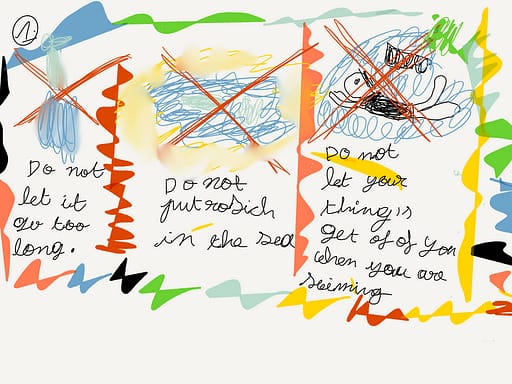

<< Save water>> 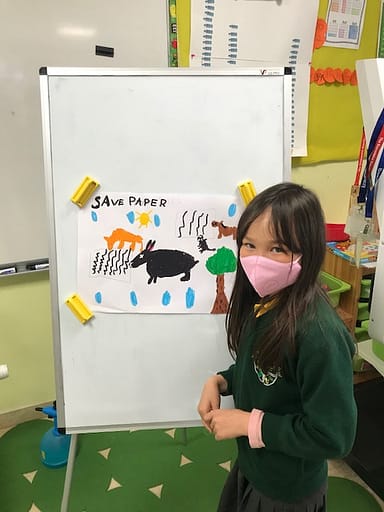
<<Save paper>>
FRENCH
Please, find attached the activities that Walnut class has done in IPC- French lessons with Joanna, as well as, Marie !

